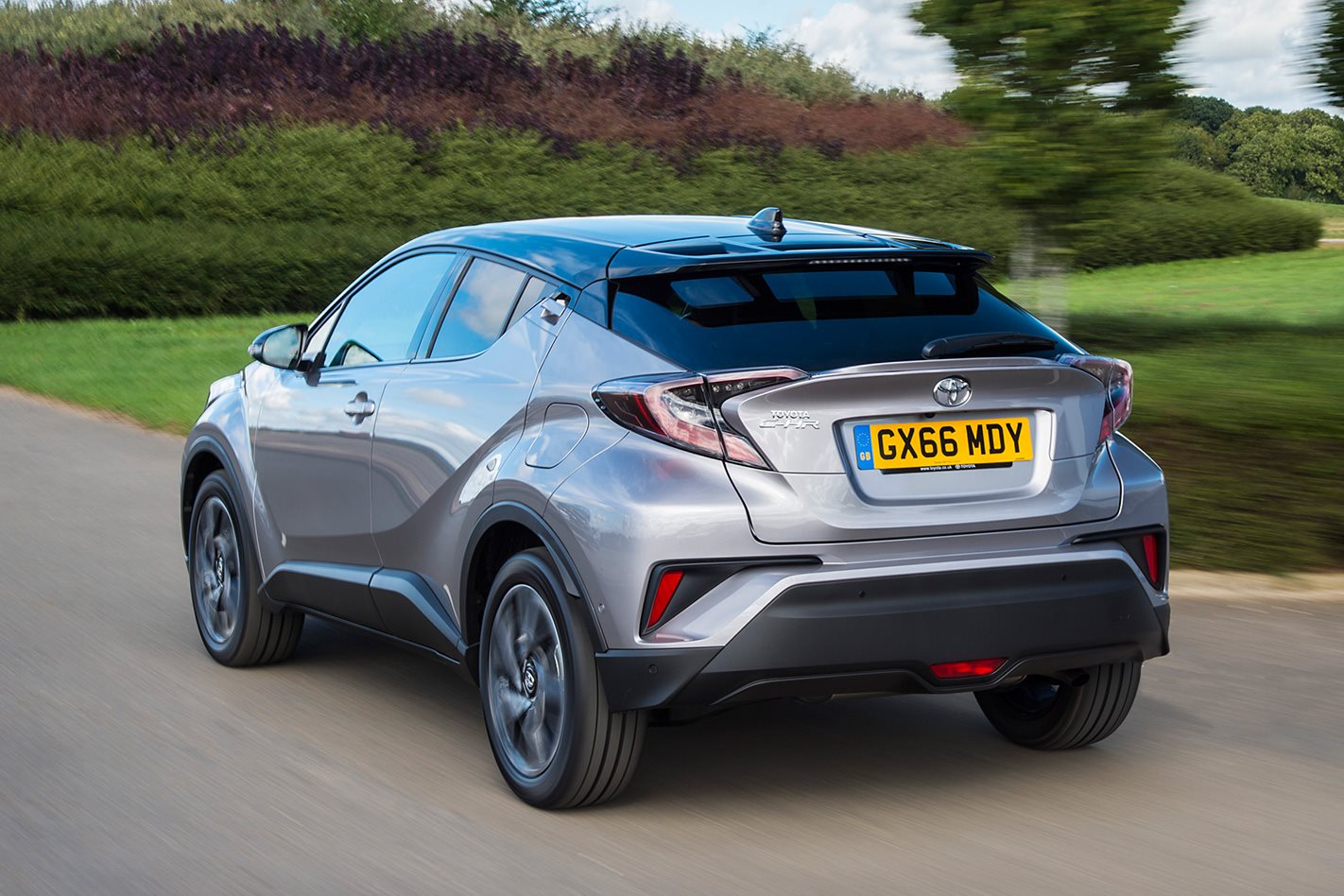Reviews

Gallery 1
The Toyota C-HR is a radically styled crossover that dramatically reverses Toyota’s normal policy of conservative design. It’s powered by a new 85kW 1.2 litre turbo engine will go on sale in Australia in February 2017. Here’s eight things you didn’t know about it.
- The C-HR shares much of its underbody structure with the new Toyota Prius. In some markets a hybrid version will be offered, sharing pretty much all of the Prius’s powertrain, but in Australia we’ll only be getting a 1.2-litre turbo petrol engine.
- The 1.2-litre engine produces a relatively modest 85kW peak but is packed with innovative technology, including switchable valves that allow it to operate in ultra-efficient “Otto Cycle” mode. It generates its peak 185Nm of torque from just 1500rpm – similar to most diesels.
- Originally designed exclusively for the European market, where buyers have long since fallen out of love with Toyota’s mid-sized Auris hatchback, the C-HR is being offered in other territories including Australia after receiving an overwhelmingly positive response.
- Although it looks smaller than the Nissan Qashqai, it’s almost exactly the same length. At 4360mm the Toyota is just 17mm shorter than the Nissan.
- The base model will have a manual gearbox and front-wheel drive, with the option of a CVT automatic transmission. There will also be an all-wheel drive version of the CVT, although likely only with the top-spec Koba grade.
- The Koba trim level is named after Hiruyuki Koba, the engineering boss who led the project to create the car. He’s a keen racer and competed in a prototype version earlier this year at the Nurburgring in Germany.
- C-HR is meant to stand for “Coupe – High Riding.”
- The Koba pack will bring bigger wheels and part leather trim, but also a nano filter for the climate control system to help remove dust and particulate pollutants.



